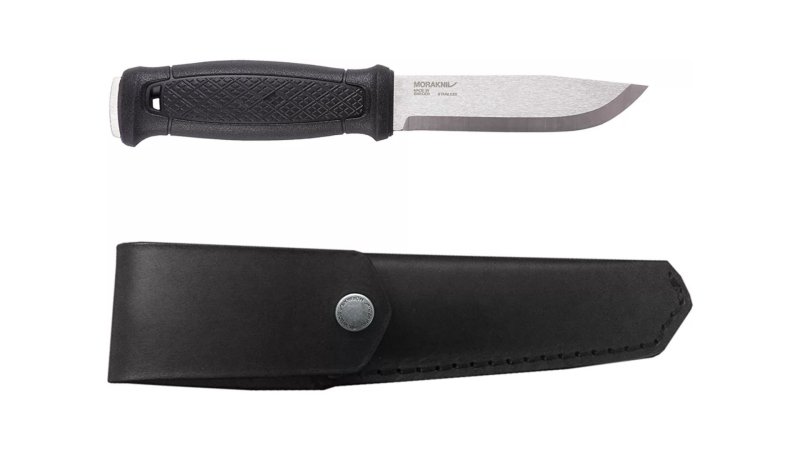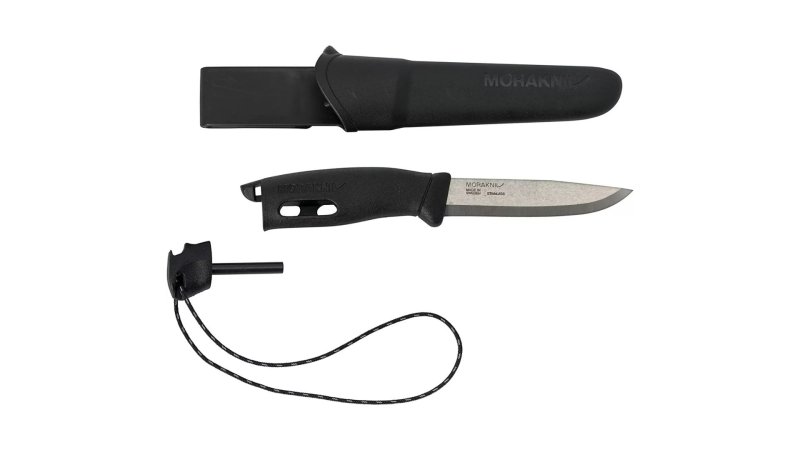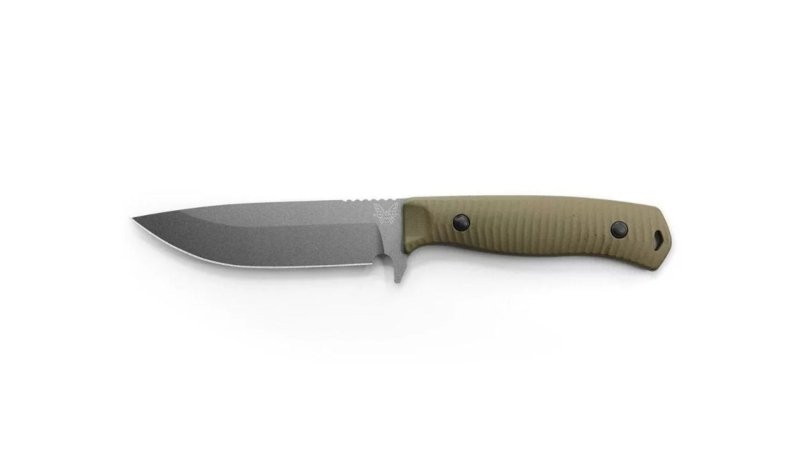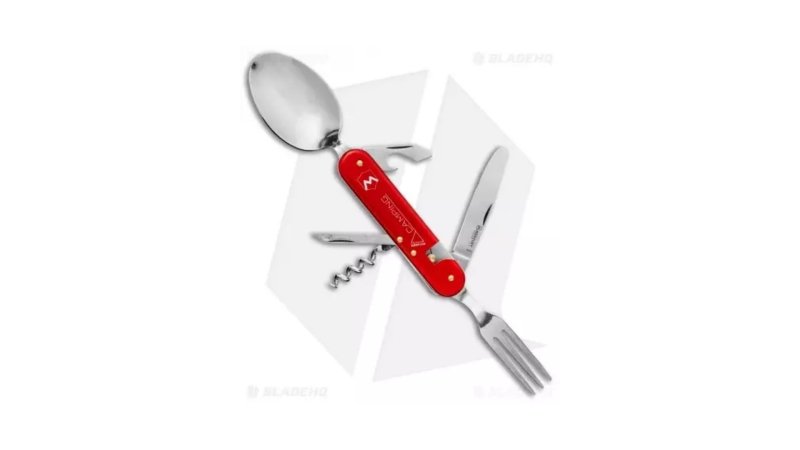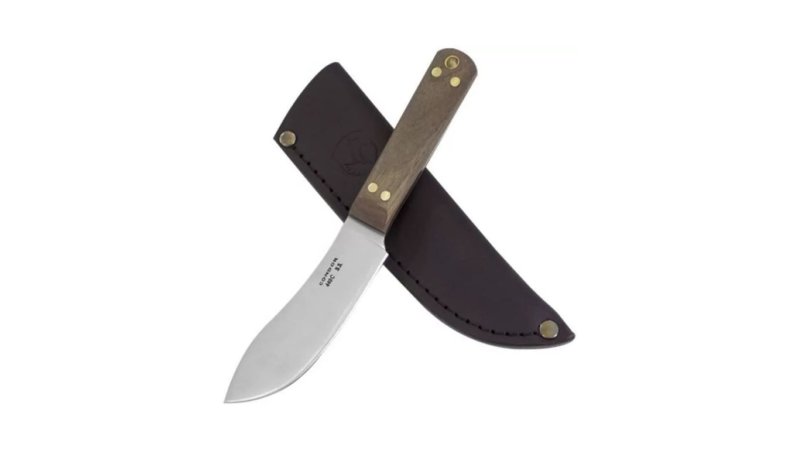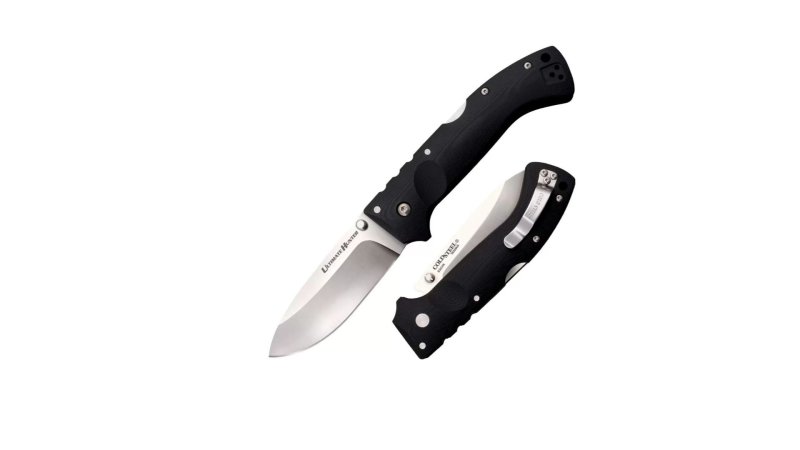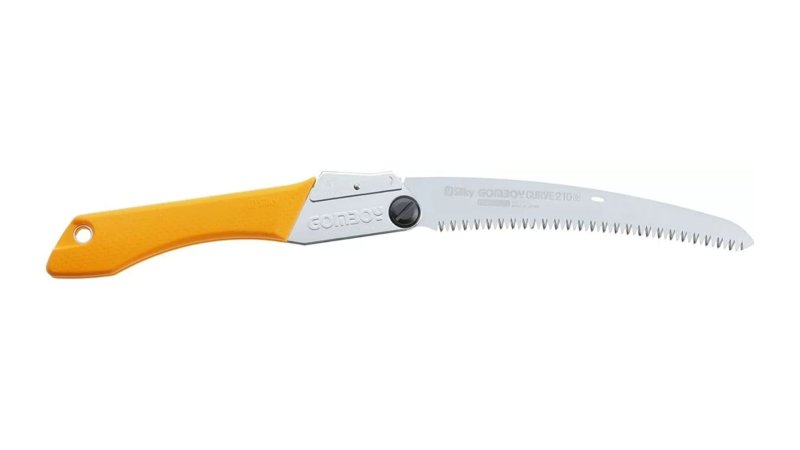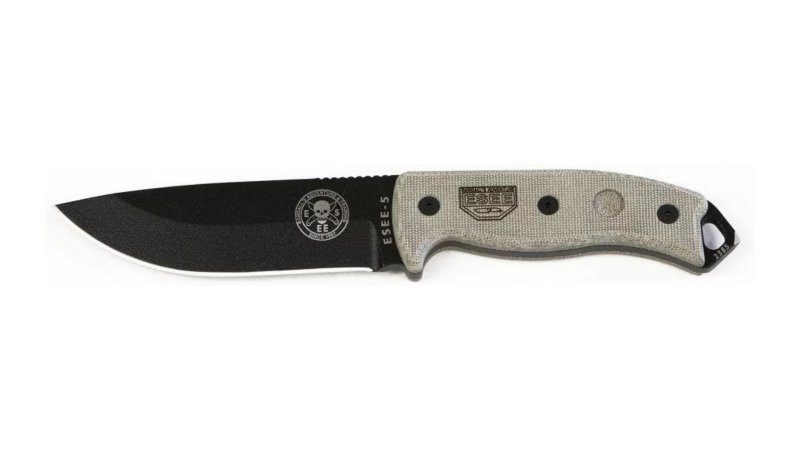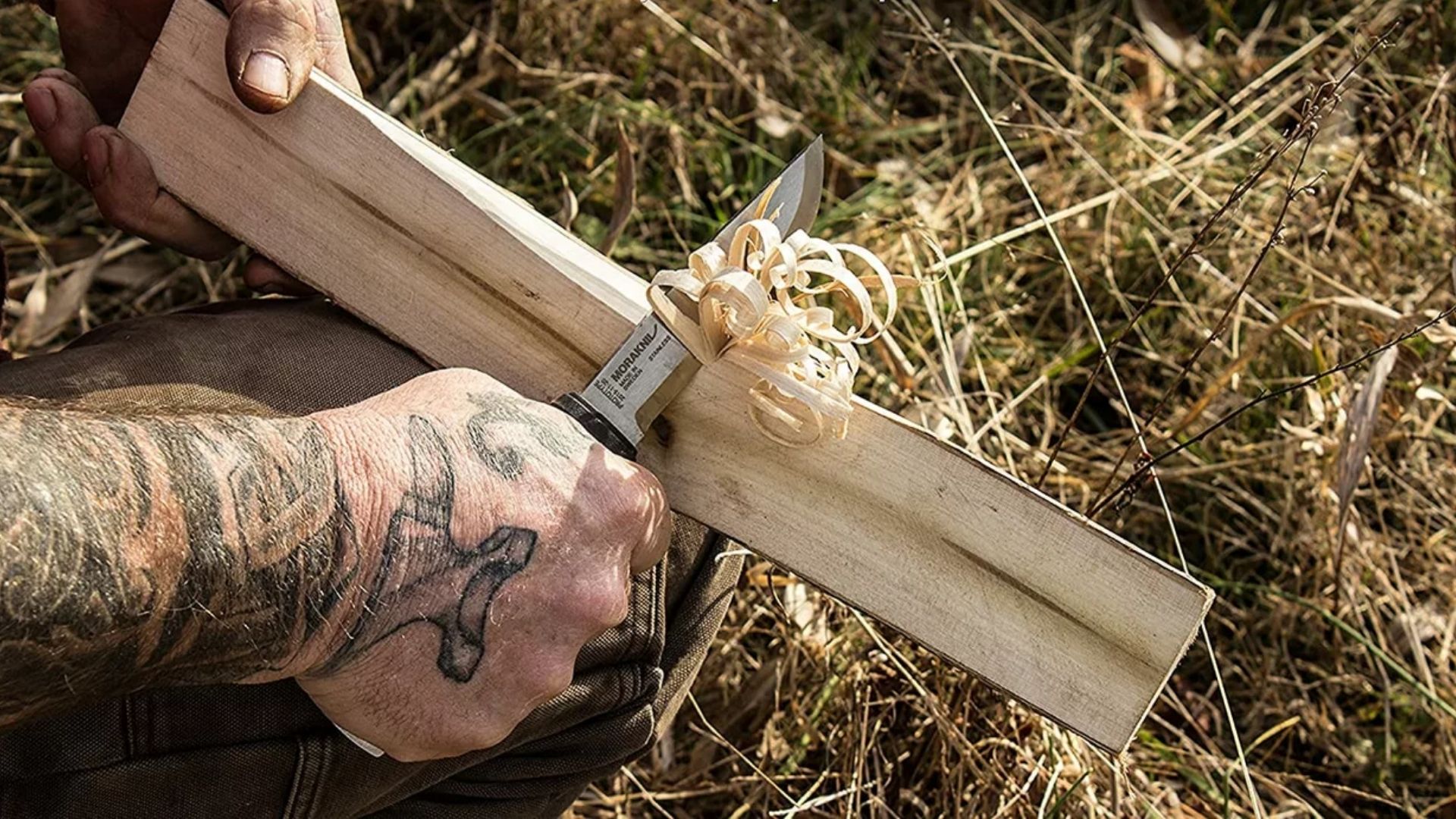

We may earn revenue from the products available on this page and participate in affiliate programs.
There are many outdoor tasks that require a solid camping knife to accomplish. Maybe you’re just getting set up and need to clear a campsite. Perhaps you need to cut some paracord to set up your tent or build some form of shelter, which you can’t very well do with your teeth. And while you hopefully use a proper hatchet to cut firewood, having a blade for feather-sticking and striking a ferro rod is a great way to get a crackling fire started.
Camping knives are specialized tools, and whatever your requirements, there’s likely an ideal blade for you among our top picks for the best camping knives on the market. Let’s get to it, shall we? After all, those s’mores aren’t going to cook themselves.
- Best Overall: Morakniv Garberg
- Best Value: Morakniv Companion Spark
- Editor’s Choice: Benchmade Anonimus
- Best Swiss Army Style: Mercury Voyager
- Best for Cooking: Condor Hivernant
- Best Pocket: Cold Steel Ultimate Hunter
- Best Folding Saw: Silky GomBoy Curve
- Best All-Around: ESEE-5P-TG
Methodology
I’ve been collecting and selling knives for about a decade, and was even a blacksmith apprentice for a while. I’ve also written extensively about the subject for Task & Purpose. In addition to writing guides about Damascus knives, utility knives, and karambit knives, I’ve also reviewed individual blades like the Cold Steel American Lawman, WE Stonefish, Leatherman Curl, Cold Steel Storm Cloud, QSP Penguin, and Spyderco Slip Stone. Bluntly put, I’m a nerd — pun intended.
For this article, we used recommendations shared in forums around the internet, particularly a handful of Facebook groups for knife enthusiasts. We relied on these sources because the members tend to provide better feedback than what you’d find in product review sections on most knife websites.
The knives we selected came highly recommended because of their overall quality and performance. We looked for blades that were durable, versatile, and easy to maintain. We also considered things like the materials used for the blade, handle, and sheath, as well as the manufacturer’s reputation for quality control. We specifically looked for blades that were corrosion-resistant, either due to them being stainless steel, or having a protective coating if they were high carbon steel. Leather and cloth sheaths were avoided, as were wooden handles, due to their tendency to retain moisture.
For more information on our methodology and product reviews, check out the Task & Purpose review guidelines.
Best Overall
Morakniv Garberg
Pros
- Ergonomic, grippy handle
- Easily resharpened
- Excellent corrosion resistance
- 14C28N for better performance than the 12C27 used on their cheaper models
- Inexpensive
Cons
- Bulky, plastic sheath
- Multi-Mount system can be confusing
Product Specs
- Blade length: 4.25 inches
- Blade material: 14C28N Sandvick stainless steel
- Blade finish: Satin
- Handle material: Polyamide/TPE
- Blade shape: Clip point
- Sheath material: Polymer
- Weight: 9.6 ounces
Best Value
Morakniv Companion Spark
Pros
- Ferro rod stores conveniently in handle
- Ergonomic, grippy handle
- Easily resharpened
- Excellent corrosion resistance
- Inexpensive
Cons
- Bulky, plastic sheath
Product Specs
- Blade length: 4 inches
- Blade material: 12C27 Sandvik steel
- Blade finish: Satin
- Handle material: Polyamide/TPE
- Blade shape: Clip point
- Sheath material: Polymer
- Weight: 4.5 ounces
Editor’s Choice
Benchmade Anonimus
Pros
- Made in the USA
- Corrosion- and wear-resistant Cerakote coating
- Sheath includes loop for adding ferro rod
Cons
- Price
Product Specs
- Blade length: 5 inches
- Blade material: CPM Cru-Wear tool steel
- Blade finish: Tungsten Gray Cerakote
- Handle material: G-10
- Blade shape: Drop point
- Sheath material: Boltaron
- Weight: 5.94 ounces
- Weight with sheath: 8.5 ounces
Best Swiss Army Style
Mercury Voyager
Pros
- Lightweight and compact
- Disassembles for two-handed use
- Inexpensive
Cons
- Aluminum scales aren’t textured
Product Specs
- Tools: 6
- Blade length: 3 inches
- Blade material: Stainless steel
- Blade finish: Satin
- Handle material: Aluminum
- Sheath material: Nylon
- Weight: 4.21 ounces
Best for Cooking
Condor Hivernant
Pros
- Easily resharpened
- Decent corrosion resistance
- Inexpensive
Cons
- Factory edge
- Simple, traditional sheath
Product Specs
- Blade length: 4.375 inches
- Blade material: 440C
- Blade finish: Satin
- Handle material: Walnut
- Blade shape: Nessmuk
- Sheath material: Leather
- Weight: 7.2 ounces
Best Pocket
Cold Steel Ultimate Hunter
Pros
- Demko Tri-Ad lock
- Premium, American steel
- Ergonomic G10 handles
Cons
- Tight pocket clip
Product Specs
- Blade length: 3.5 inches
- Blade material: CPM S35VN
- Blade finish: Satin
- Handle material: G10
- Blade shape: Drop point
- Weight: 4.9 ounces
- Lock type: Tri-Ad
Best Folding Saw
Silky GomBoy Curve
Pros
- Chrome-plated for corrosion resistance
- Made in Japan
- Compact folding design eliminates need for sheath
- Limited lifetime warranty
Cons
- Not as sturdy as non-folding saws
Product Specs
- Blade length: 8.3 inches
- Blade material: SK-4
- Blade finish: Chrome-plated
- Handle material: Steel, rubber
- Blade shape: Sheepsfoot
- Weight: 13.2 ounces
- Lock type: Back lock
Best all around
ESEE-5P-TG
Pros
- u0022No questions askedu0022 lifetime warranty
- Glass-breaker pommel
- Divot for fire-starting
- Corrosion-resistant powder coat
- Made in the USA
Cons
- Weight
Product Specs
- Blade length: 5.25 inches
- Blade material: 1095
- Blade finish: Powder coat
- Handle material: Micarta
- Blade shape: Drop point
- Sheath material: Kydex
- Weight: 16 ounces
What to consider when buying camping knives
Types of camping knives
Camping knives come in many different forms and sizes. No matter what task you have in mind or what your local restrictions are, it’s probable that you’ll easily find a camping knife that suits your needs. You can find them at pretty much any sporting goods store or online, and they’re available at pretty much every price point.
Fixed blade
A fixed blade is any knife with a blade that is “fixed” in place, meaning that it doesn’t have a pivot, and is firmly, immovably attached to the handle. They’re essentially the opposite of pocket knives. The blade is always exposed unless it’s covered by a sheath. They’re simple, easier to manufacture than folding knives, and very user-friendly due to the absence of a confusing locking mechanism.
Fixed blade camping knives come in many varieties, including drop-point and clip-point knives. The better-designed fixed blades are also full-tang, where the part of the blade that’s part of the handle is the same size and shape as the handle, as this provides the greatest overall strength. The majority of cheap camping fixed blades, unfortunately, are not; these knives have a thin metal ‘tail’ that is typically pinned or glued inside of the handle and are more prone to breaking.
Folding
Also referred to as a pocket knife, a folder is a compact knife that features one or more blades that fold up into the handle, in lieu of using a bulky sheath. Meant to fit easily inside your pocket, these knives are legal to carry in most places, and are convenient to carry and use daily. They are frequently smaller than fixed blades, with blades typically between three and four inches long, although there are many exceptions that are both longer and shorter than this. While these aren’t common choices for camping knives, they can be quite handy for anything from peeling an apple to cutting rope. Though these folding knives are typically smaller and not as strong as their fixed blade siblings, they’re highly versatile.
Multitool
While technically a variant of a folding knife, the main selling point of a multitool isn’t the blade itself, but rather the multiple tools that accompany it. This can include anything from pliers or scissors to screwdrivers and corkscrews. It can come in the form of a small Swiss Army Knife, or a larger Leatherman multitool. Companies such as Victorinox, Leatherman, and Gerber are well-known for their multitool offerings.
Camping knives key features
Steel type
As large as the variety of blade shapes is, there are even more types of blade steel you can choose from for camping knives. High-carbon steel tends to be tougher and easier to sharpen than stainless steel, but rusts much easier, and often doesn’t have as good edge retention as premium stainless steel. Lower-end steel is cheaper and typically easier to resharpen, but premium steel, whether stainless or carbon, tends to have noticeably better edge retention and toughness.
Blade length
You wouldn’t use a sword to open an envelope, and you probably wouldn’t use a box-cutter to hack away at brush. Depending on the intended use, you might need a longer or shorter length blade for optimum efficiency and safety. However, you also have to take into account the laws for your state, county, and city, in case they restrict your maximum blade length. That said, it’s usually better to have slightly more length than necessary, than not enough. We find that one between four and six inches is usually ideal for most outdoor tasks.
Blade shape
One of the most important things when picking out the right blade for your task, the blade shape and overall geometry can greatly impact the usefulness and longevity of your knife for specific tasks. A box-cutter will do notably better at its stated use than a machete, and the machete will do notably better in outdoor use. Some jobs require a thicker, stronger blade, while others require a thinner, slicey blade. A knife with a super-thin tip might be great for delicate, detailed work, but will likely break if used for chopping.
Handle materials
There are a plethora of different materials available nowadays that are commonly used for handles, and each has their own unique qualities. Wood and leather are some of the oldest choices, and are commonly found on traditional knives, despite not providing as much traction as newer options. They’re also more prone to water damage. Rubber provides a better grip, but depending on the composition may be damaged easily by UV rays or abrasion. Our personal favorites are G10 and micarta, due to their resistance to damage from abrasion, chemicals, water, UV rays, and temperature changes, as well as the improved grip in extreme environments.
Camping knives pricing
Budget
A plethora of camping knives are budget-friendly and priced at $100 or less. You’ll find quite a few fixed blades and a few decent folders in this price range. If you just need something as soon as possible for a dedicated camping knife, an expendable tool, or if your inner Scrooge absolutely has to pinch those pennies, this might be for you.
Mid-range
If you’re looking for a camping knife that offers the best bang for your buck, you’ll find most of those in the mid-range bracket of $100 to $300. These knives will tend to be made with better materials, designs, and overall much better quality control.
Premium
Only accepting the best of the best? You’ll want to look in the $300-and-up price range. Here’s where you’ll find specialized and custom-made camping knives, which typically come with premium materials and a fantastic warranty.
Tips and tricks
As with something you do for decades upon decades, you pick up a few tips and tricks along the way in terms of selecting the right product, and/or using it. That’s the case with us and camping knives. To help you bridge the information gap, here’s a selection of what we’ve learned along the way.
- Even if your knife has a corrosion-resistant coating or is made from stainless steel, keeping it clean and lightly oiled is always a good idea. Not only will it make your tool last longer by minimizing the slightest chance of rust, but it’ll perform better as well. Knives long thought dull frequently are found to have sap, tape residue, or similar substances gumming up the edge. Never put a knife away unless it is clean and dry.
- Additionally, keeping a small strop and sharpening system with you is a great idea to maintain a functional edge in the field. It doesn’t have to look pretty to cut. We’re big fans of the Spyderco Sharpmaker for this.
- According to a study in 2007 released by Wilderness & Environmental Medicine, the most frequent cause for hunters to go to the hospital was from knife-related injuries. Take your time, slow down, and consider stopping to touch up the edge whenever you find yourself having to use more force than normal.
FAQs on camping knives
You’ve got questions, Task & Purpose has answers.
Q: How sharp should a camping knife be?
A: Sharp is sharp — either your knife is dull, or it’s not. That said, typically you won’t need as refined of an edge as you would on, say, a straight razor. For most camping knives, a 25 to 30-degree edge is strong enough to not need much maintenance in the field, while remaining acute enough for most tasks. Knives used for fileting and similar tasks will be more acute, while those used instead of proper hatchets or machetes will benefit from broader edges.
Q: Can you have a knife for camping?
A: That is what the title of this article implies, yes. It is worth noting, however, that local restrictions apply, so make sure to be informed before you pack up to head out. KnifeUp.com is a fantastic source for up-to-date information.
Q: What is a knife used for during camping?
A: If your answer is “everything,” you’re on the right track. Foraging, fishing, gutting, cooking, starting a fire, building shelter — the list goes on and on, and is only limited by your imagination.
